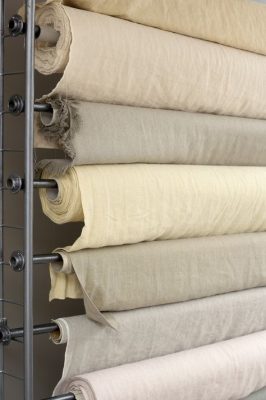What are the characteristics and classification of canvas fabric?
Canvas fabric is a versatile and durable textile that has been used for centuries in various applications. It is renowned for its unique characteristics and the multitude of types available. In this article, we will explore What are the characteristics and classification of canvas fabric?
What is Canvas Fabric?

Origin and history of canvas fabric
The name “Canvas” has its roots in the Arabic word “Canabis,” which refers to the hemp plant. In Latin, the hemp plant is pronounced as “Canvas,” and it is from this term that the name “canvas fabric” was derived.
During the early stages of the textile industry, the hemp plant served as the primary raw material for weaving canvas fabric. Naturally, canvas fabric gained widespread use right from its inception due to its exceptional durability and qualities.
Today, with the advancement of science and technology, synthetic materials have replaced cotton in the production of canvas fabric. At the beginning of the 20th century, American company J. Edmond & Sons even used canvas fabric for manufacturing certain connecting components in water wheels and conveyor belts.
Popular types of Canvas fabrics
- Hemp Canvas Fabric
- Smooth Canvas Fabric – Polyvinyl Chloride (PVC) Blend
This particular type of fabric is commonly used for creating canvas paintings, outdoor advertising signs, and waterproof bags. It is a blend of cotton or linen fabric combined with polyvinyl chloride (PVC) to enhance its water-resistant properties and overall durability.
Smooth canvas fabric exhibits remarkable durability, often lasting from 10 to 15 years before showing any signs of wear or tear. When applied in the creation of canvas paintings, it proves to be exceptionally valuable. Therefore, smooth canvas fabric is increasingly becoming an indispensable tool for oil painters.